Cost analysis of precision casting
Investment casting, also known as “wax lost casting” or “precision casting“, has been widely used for hundreds of years and is famous for producing components with excellent surface finish, dimensional accuracy and complex shape. It is especially useful for manufacturing castings with complex or near final shape, because in this case, machining may not be possible or raw materials may be too wasted. For our customers, cost is obviously one of the important factors in selecting suppliers.
As we all know, more than 70% of the total product development cost has been established in the design stage, although the cost at this stage is less than 7% of the total cost. Through simultaneous product and process design, more resources are invested to identify and prevent potential manufacturing problems as soon as possible, which can significantly reduce the overall cost and delivery cycle. At the same time, during our contact with most professional purchasers, we found that professional purchasers hope to reduce the price of castings through the fluctuation of raw material prices. For example, when the price of stainless steel raw materials decreases, they are required to reduce the price of stainless steel castings in the same proportion, but in fact, the cost of raw materials accounts for only 10% – 30% of our precision casting cost.
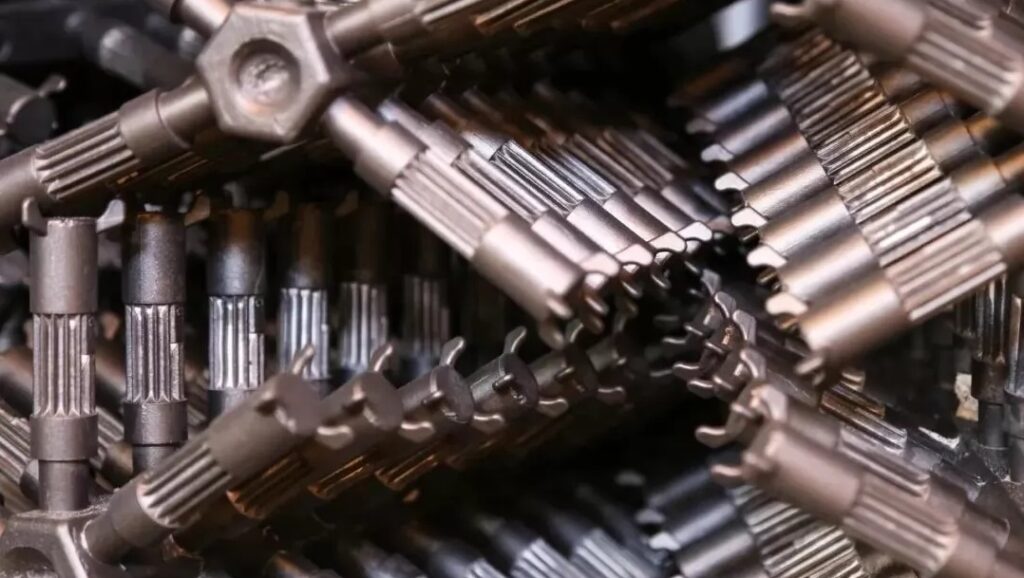
Raw material cost
The cost depends to some extent on the metal alloy. Among steel castings, stainless steel castings are the most expensive high-grade stainless steel. The material cost of stainless steel castings depends on the material grade. SS316 (L) will be more expensive than SS304 (L). Compared with steel castings, cast iron parts are much cheaper because of the lower cost of ferroalloys. Of course, for the same material, the cost may change at different times. Therefore, when the material cost is low, the buyer will obtain cheap castings.
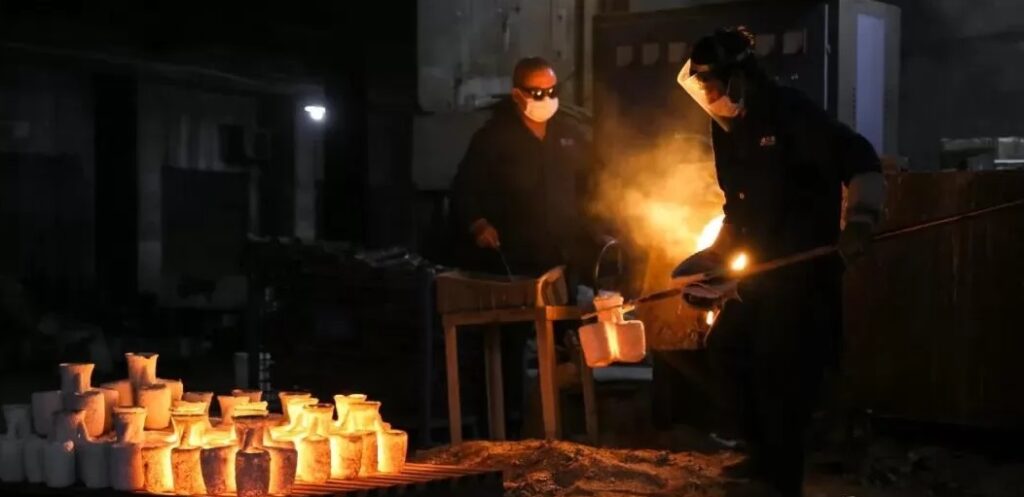
Casting cost
Yield of casting system
The yield of the casting system is the percentage of the actual weight of the casting product in the weight of the whole casting system. The casting cost per unit weight is inversely proportional to the yield. The lower the yield, the higher the cost.
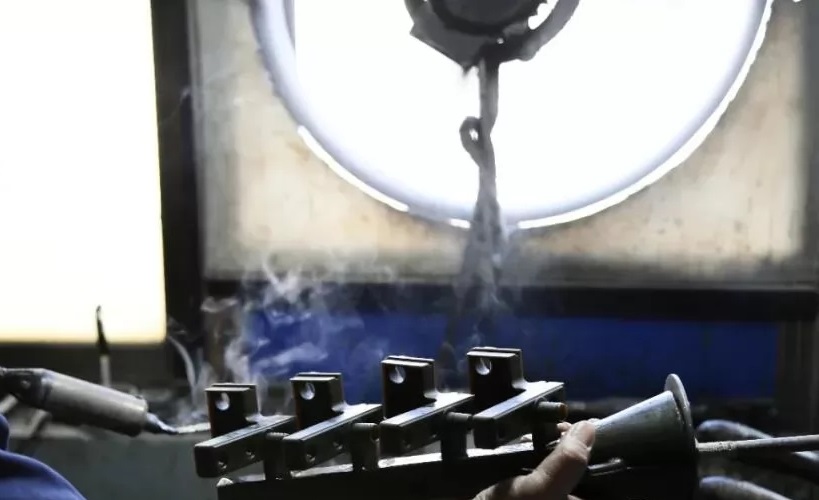
For specific precision castings, the yield is equal to the total weight of precision castings in the same tree divided by the percentage of the weight of the whole tree. It is related to precision casting structure and group tree scheme. It can range from 30% to 60%, mostly between 40% and 50%. The lower the casting yield, the higher the cost.
The relationship between the front-end cost (cost before casting) and the yield is that the front-end cost per kilogram of casting is inversely proportional to the yield. The lower the yield, the higher the front-end precision casting cost per unit weight. If the production rate is lower, it will have a greater impact on the increase of cost.
From the experimental data, it is concluded that the production cost before casting is calculated as the yield: for the same casting product, the influence rate of the yield on the front-end cost per kilogram of precision casting is inversely proportional to the square of the yield. When the yield is 45%, the cost of precision casting will increase by 0.5 yuan per kilogram for every one percentage point reduction. When the output is 30%, the cost of precision casting per kilogram of the front end will increase by about 0.87 yuan for every 1% reduction, which shows that the yield has a significant impact on the cost.

On the other hand, some precision castings, especially the thin-wall castings with irregular shape, will greatly reduce the yield due to the limitations of the structural design of the casting system. This important factor should be taken into account when determining the price of precision casting.
Casting process
Precision foundries need to check whether the blank casting process can be used to produce blank castings. Some factories may use wet sand, others may use resin sand, shell casting and automatic forming process. Wet sand is cheaper, while shell casting is the most expensive. Relevant factors include dimensional tolerance, surface quality, structural complexity, annual demand, weight and size. These factors will affect the cost of blank castings. Of course, if the casting process can not meet the requirements of products and orders, only other suitable processes can be selected.
Here, we will also discuss that water glass investment casting and silica sol investment casting can be used to manufacture investment casting parts. Silica sol casting will make the precision casting have better dimensional accuracy and surface finish. Therefore, the cost will be higher than that of sodium silicate casting. Of course, water glass castings are more easily accepted by customers because of their lower production cost. However, if more precise tolerances and surface finish are required, silica sol casting is preferred.

Number of shells
Due to different casting shapes and structures, casting shells require different layers. For example, for castings with slender holes or grooves, more layers are required than ordinary castings. And the larger the casting, the more layers are needed.
In general, the cost of raw materials and auxiliary materials accounts for 60%, fuel and power account for 25% and wages account for 15%. Among the auxiliary materials, the consumption of zirconium sand and zirconium powder accounts for about 60%, 45% of the shell assembly, and the cost of silica sol is about 13% of the shell cost.
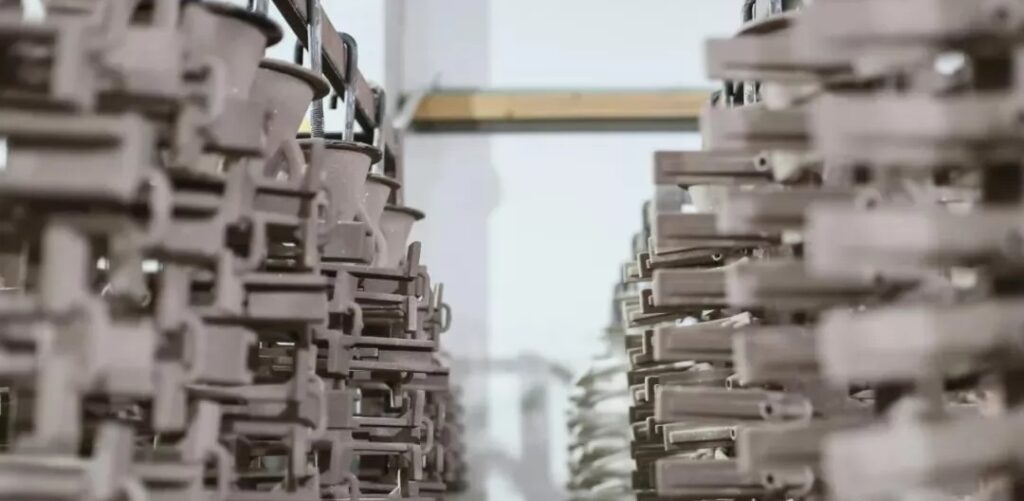
Subsequent processing cost
Processing cost is usually calculated by processing difficulty. The greater the processing difficulty, the higher the cost. At the same time, the annual demand is also an important factor affecting the processing cost.

If the foundry does not have the ability to process from the main engine, they will have to entrust other special machining outsourcing for processing. This is not the best choice, because the cooperation between precision castings and processing plants may bring more difficulties and delay delivery. As the quotation needs to take into account the relevant processing equipment, working time and price. Therefore, the processing cost is difficult to calculate.
We have our own machining workshop and professional technical team. We can not only ensure the quality of castings, but also design a more reasonable machining scheme through in-depth understanding of the mechanical properties, micro deformation and tolerance accuracy of castings, which is a professional quality that cannot be possessed by factories that only pay attention to the machining of raw materials. Therefore, we can reduce machining costs and quality risks for customers.

In addition, we also have the ability to carry out various surface treatments to meet the different needs of customers. The cost of surface treatment depends on the customer’s requirements.
Other costs
Fuel and power costs: we are committed to the sustainable reduction of energy consumption. In recent years, we have continuously studied the environmental protection and energy consumption equipment launched by equipment manufacturers in the industry, and achieved the goal of continuously reducing energy consumption by purchasing equipment with higher energy consumption efficiency.
Labor cost: in China, although labor cost continues to rise, its cost is much lower than that in developed countries. Manufacturing precision castings in Europe and the United States is very expensive. However, European countries led by Poland and Italy are already strong competitors of Chinese foundry enterprises in terms of casting price, not to mention India with more mature technology and management. Therefore, China’s foundry enterprises should make greater efforts in the investment and improvement of automation equipment and provide the world with high-quality and cost-effective castings with truly excellent technology and management.
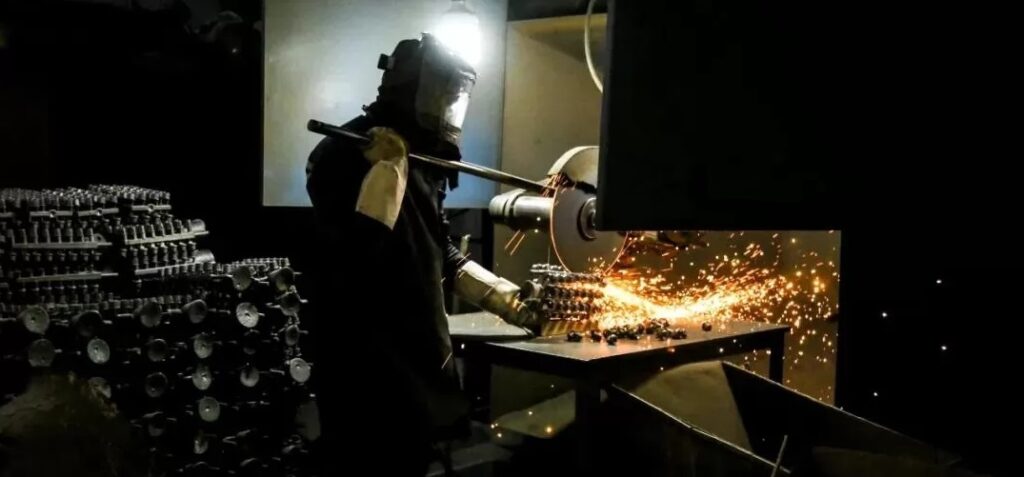
Program cost, including required quantity and delivery time: larger quantity and relatively loose delivery time will help our customers obtain lower prices.
Packaging and transportation cost: we can pack castings suitable for import and export by sea, air and land according to customer requirements. Usually, we protect the products with cartons and put them in custom-made export wooden cases. For more careful packaging, the cost will be higher.
Exchange rate cost, exchange rate fluctuation is also one of the management costs of providing castings to global customers.






